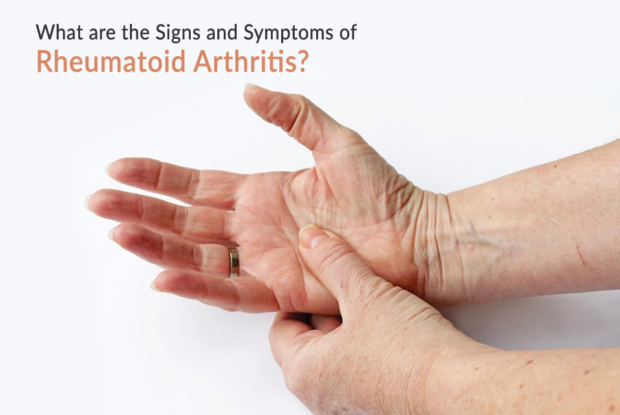Rheumatoid Arthritis :The main cause of arthritis is inflammation and pain in the joints, which is related to age, genetic factors, and lifestyle. Its best treatment is regular exercise, proper diet and medical consultation. For more information watch our full video.
Rheumatoid Arthritis: Understanding the Silent Pain
Rheumatoid arthritis (RA) is a chronic autoimmune disease that primarily attacks the joints, causing inflammation, pain, stiffness, and potential joint deformity. While the exact cause remains elusive, it’s believed to be a complex interplay of genetic, environmental, and immunological factors.
Understanding Rheumatoid Arthritis
Unlike osteoarthritis, which is primarily caused by wear and tear on the joints, RA is an autoimmune condition where the body’s immune system mistakenly attacks its own tissues. This leads to inflammation of the synovium, the lining of the joints. Over time, this inflammation can destroy cartilage, bone, and ligaments, resulting in joint damage and disability.
Symptoms of Rheumatoid Arthritis
The symptoms of RA can vary widely from person to person. However, common signs and symptoms include:
- Joint pain and stiffness: Often experienced in the morning or after periods of inactivity.
- Swelling and warmth in the joints: Particularly in the hands, wrists, knees, and ankles.
- Fatigue: A persistent feeling of tiredness.
- Weight loss: Unintentional weight loss can occur due to inflammation and decreased appetite.
- Fever: Low-grade fever may be present.
- Loss of appetite: Inflammation can reduce appetite.
It’s important to note that RA symptoms can come and go, with periods of flare-ups and remission.
Factors Contributing to Rheumatoid Arthritis
While the exact cause of RA is unknown, several factors are believed to contribute to its development:
- Genetics: Having a family history of RA increases your risk.
- Environmental factors: Exposure to certain environmental triggers, such as smoking or certain infections, may play a role.
- Hormones: Women are more likely to develop RA than men, suggesting a hormonal influence.
- Age: The onset of RA typically occurs between the ages of 30 and 60.
Managing Rheumatoid Arthritis
There’s no cure for RA, but various treatment options can help manage symptoms and slow disease progression. The goal of treatment is to reduce pain, minimize joint damage, and improve overall quality of life.
- Medication: A range of medications, including nonsteroidal anti-inflammatory drugs (NSAIDs), disease-modifying anti-rheumatic drugs (DMARDs), and biologic agents, can help manage RA symptoms.
- Lifestyle modifications: Maintaining a healthy weight, regular exercise, and stress management can help alleviate symptoms and improve overall well-being.
- Physical therapy: Exercises designed to strengthen muscles and improve joint flexibility can help manage pain and maintain function.
- Occupational therapy: Adapting daily activities to accommodate joint limitations can help with independence.
The Importance of Early Diagnosis
Early diagnosis and treatment of RA are crucial for preventing joint damage and disability. If you experience persistent joint pain, swelling, or stiffness, it’s important to consult a healthcare professional for evaluation.
Rheumatoid arthritis can significantly impact a person’s quality of life. While there’s no cure, early diagnosis and appropriate management can help control symptoms and slow disease progression. A combination of medication, lifestyle modifications, and therapy is often necessary for effective management.
Remember, everyone’s experience with RA is unique. It’s essential to work closely with your healthcare provider to develop a personalized treatment plan that meets your specific needs.

